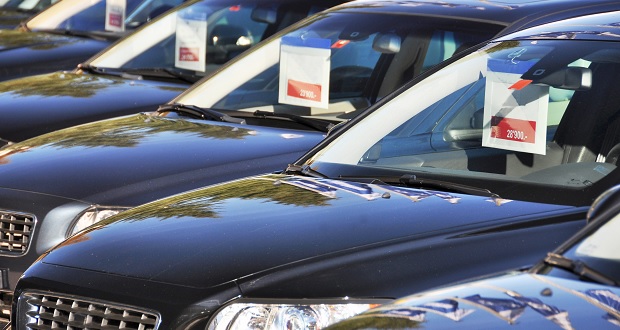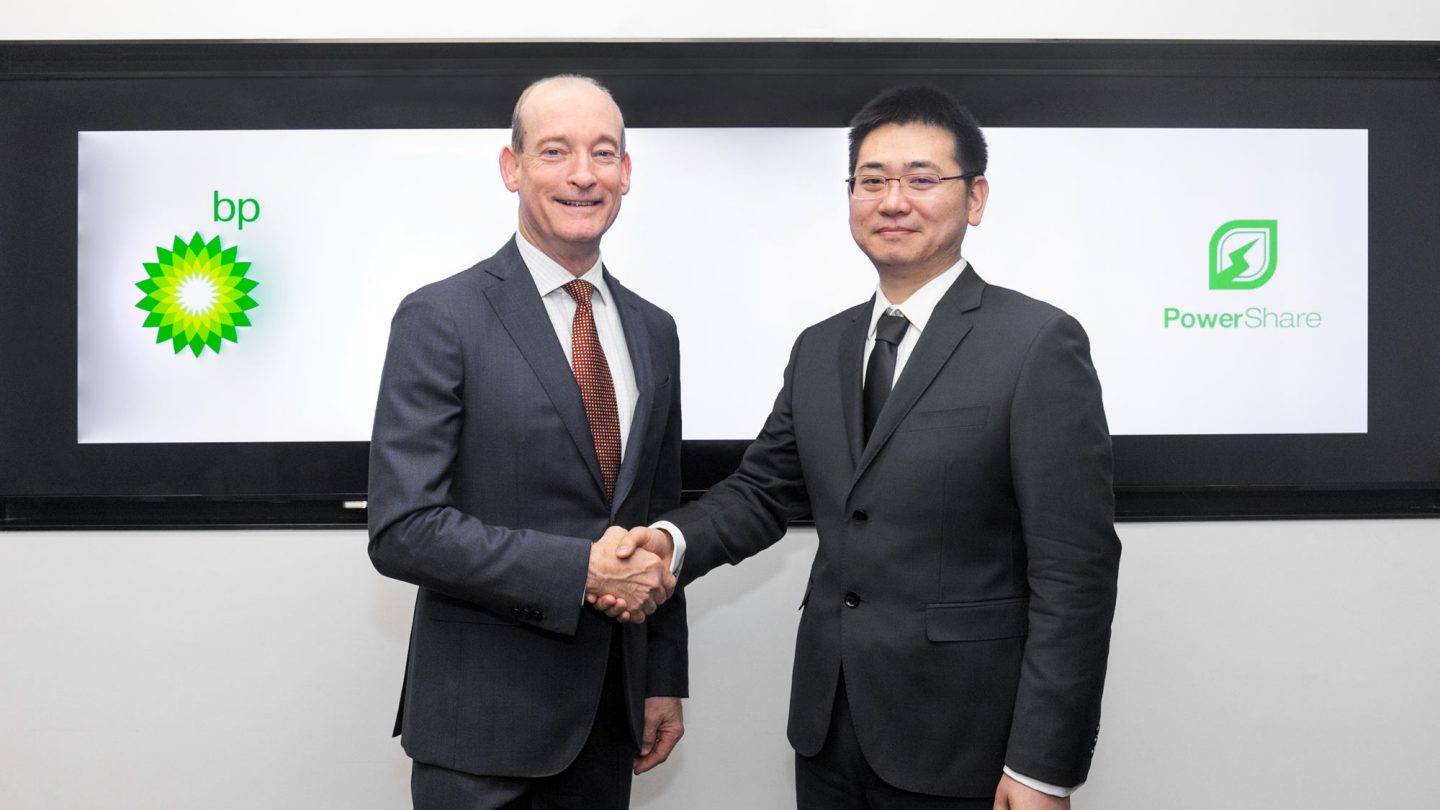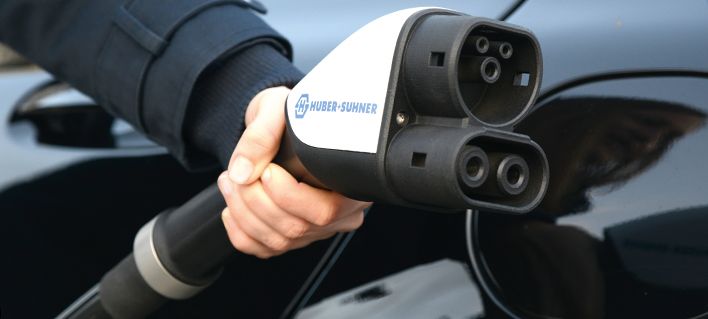Robyn Beck | Pool | Reuters
Tesla founder Elon Musk speaks at the unveiling event by “The Boring Company” for the test tunnel of a proposed underground transportation network across Los Angeles County, in Hawthorne, California, December 18, 2018.
On Tuesday, Tesla began selling lower-priced versions of its Model S and Model X electric vehicles equipped with 100 kwh battery packs, meaning that all versions of those cars will come with the same battery.
The company faces mounting debts, amidst other challenges, as it aims to take its Model 3 sedans mainstream, and to manage a greater number of deliveries and service appointments than ever before.
Now that Model S and Model X vehicles all have 100 kWh battery packs — with their range and other features differentiated through “over-the-air” software updates — it may be easier for Tesla to make and deliver these cars to customers.
Tesla needs to clarify its cash flow through year, says analyst
7 Hours Ago | 02:29
These moves were not a complete surprise: On January 10th, CEO Elon Musk announced that Tesla would stop making versions of the Model S and X electric cars that had a lower price and a 75 kWh battery pack.
The lowest priced Model S will now cost $85,000 with software limiting the range of the battery to 310 miles per full charge, while the Model X will start at $88,000 with a range of 270 miles.
The higher-priced “extended range,” “performance” and “performance with ludicrous mode” versions of the cars will range from $93,000 to $137,000 and boast longer-range batteries and better performance.
Electrek first reported on the new pricing.
On January 18, Tesla laid off about 7 percent of its work force, its second restructuring in seven months. After the layoffs, the company acknowledged it cut back production of its Model S and X vehicles at its Fremont, California car plant.
WATCH: Bullish bets on Tesla
Bullish bets on Tesla
4 Hours Ago | 01:23


